| Your browser is not supported. | ||
|
Please browse our site using any of the following options:
| ||
How to Choose the Best Running Shoes
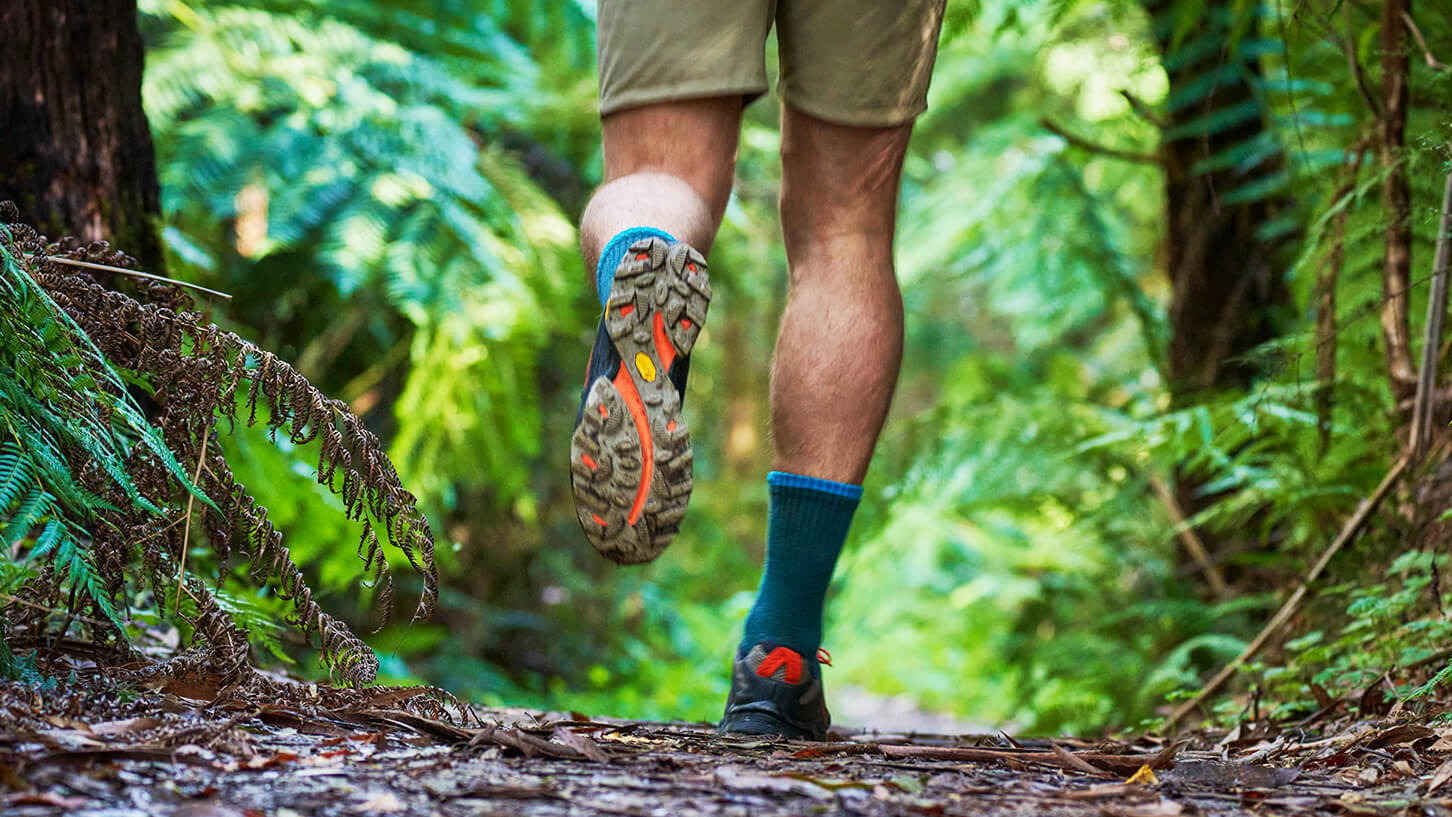
As with so many sports and outdoor activities, the importance of the right equipment cannot be understated. But, when it comes to what you wear on your feet when running, it's especially true because making the wrong choice could result in long-term injury. Not all running shoes are created equal, and the most expensive aren't always the best. Plenty of people have been seduced by all the technology 'bells and whistles' of the expensive pair on the rack, only to find within a few weeks - or even days - they're battling joint pain, muscle strains and tears or possibly even more severe injury.
Choosing the best running shoes for you is easy when you know what you should be looking for. Good running shoes should not only give you the kind of value for money you'd expect from a great shoe but they also properly protect your body (from toes to head!) so you can reap the benefits of maintaining a healthy, active lifestyle.
Quick Links
- Running Shoes FAQs
- What Exactly Is In A Shoe?
- How Will You Be Wearing The Running Shoe?
- Understanding The Right Level Of Cushioning
- Know Your Gait
- How Should A Running Shoe Fit?
- How Long Do Running Shoes Last?
- What Socks To Wear With Running Shoes?
Running Shoes FAQs
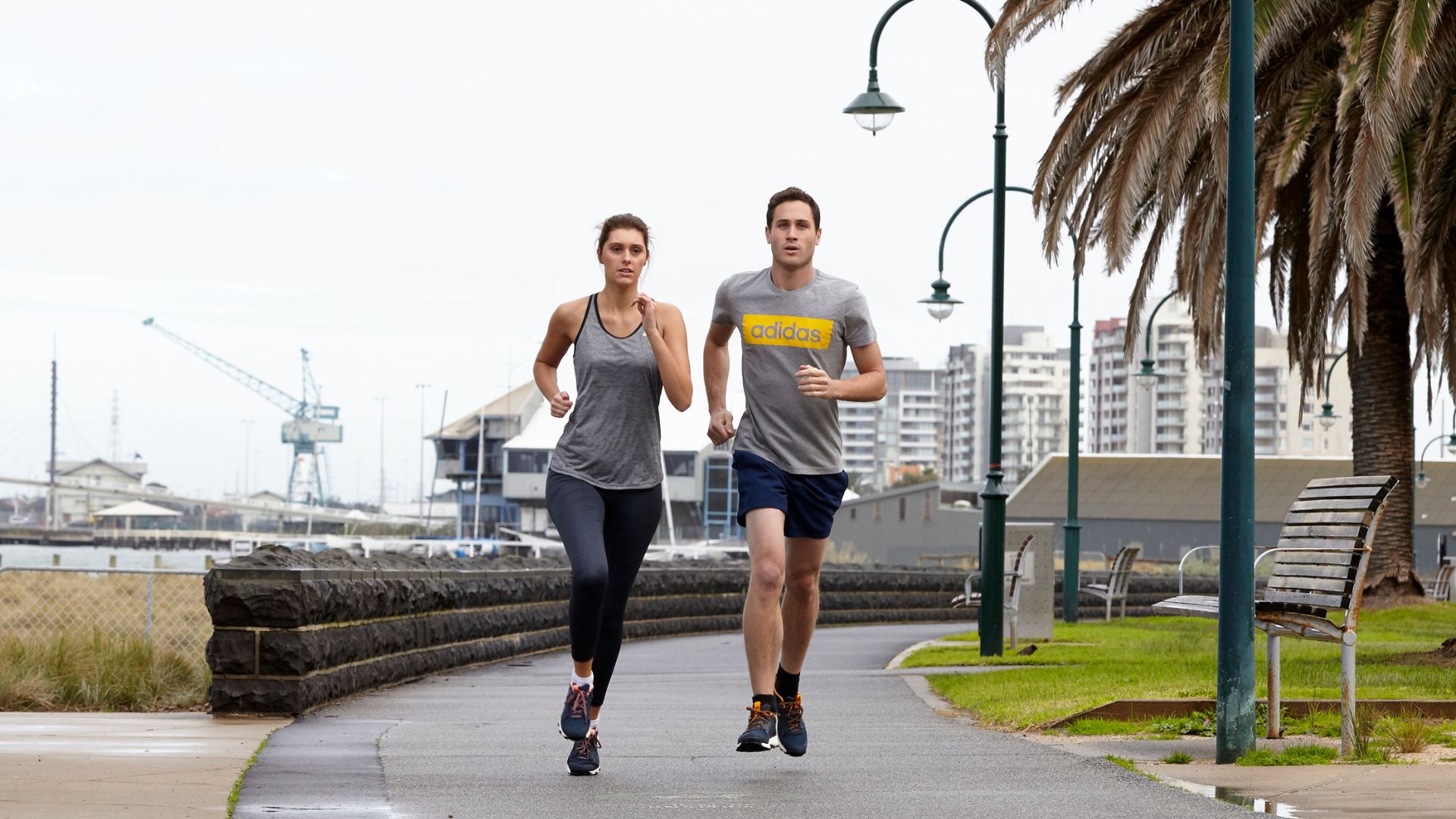
What are the 3 types of running shoes?
When it comes to running shoes, there are many different types of running shoes you can find. However, the three most common types of running shoes are road-running shoes, trail-running shoes and cross-training shoes. Each type of shoe is designed to cater towards various surfaces and running needs.
Is there really a difference in running shoes?
Yes, there really is a difference between running shoes and regular shoes. The main difference is that running shoes are designed with a flexible sole and provide efficient structure and cushioning for supporting your feet when running over hard surfaces such as pavement.
Is too much cushioning bad for running shoes?
The answer to this question can be slightly confusing and multifaceted. The reason for this is that there have been many studies conducted that show that suggests evidence of running in shoes with maximum cushioning actually increases the risk of injury - yet also provides a positive effect due to more cushioning. The safest bet is to always make sure you feel comfortable when running and make sure your feet don't hurt afterwards.
Is it okay to wear running shoes every day?
Yes, it is okay to wear your running shoes every day. In fact, because running shoes provide so much support to your feet when walking and running, it is actually recommended to wear running shoes every day. They are also made to last, making them the perfect type of footwear that you can wear anywhere!
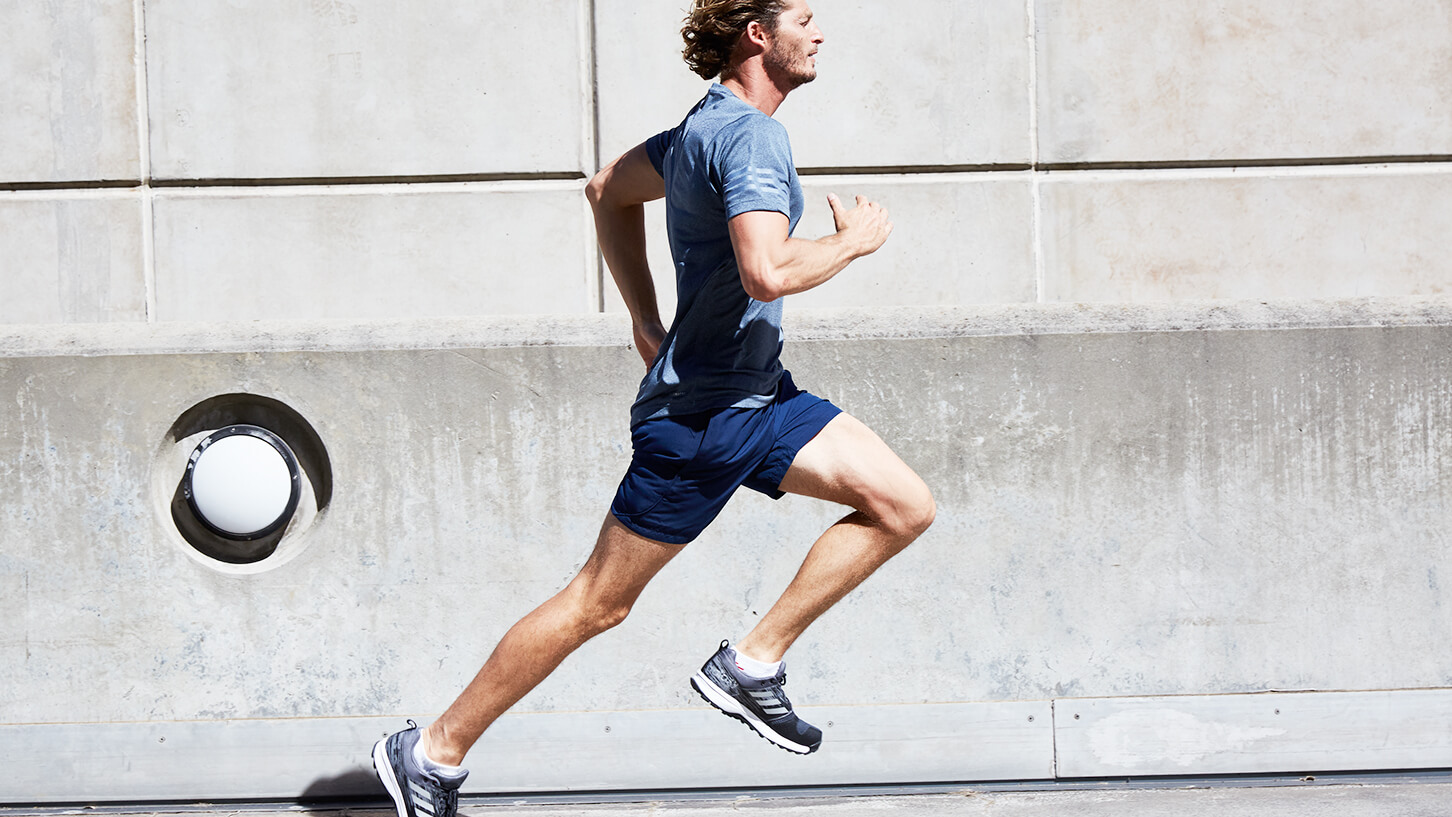
What Exactly Is In A Shoe?
All leading running shoe manufacturers provide specific information about the materials in their shoes. Knowing what these terms refer to is a great starting point for deciding on the perfect running shoe for your needs. Here are some commonly used terms:
Upper
The 'upper' refers to all the parts and sections of the running shoe which covers the entire foot above the sole. Popular upper materials include leather and mesh, as well as a range of natural and synthetic fibres.
Outsole
The 'outsole' refers to the material that is underneath the shoe, literally where the rubber meets the road/trail/treadmill to provide comfort, grip and durability. The most common materials for the outsole are made from either leather or rubber, with rubber offering more protection which is why it is used in trail-running shoes.
Midsole
The 'midsole' refers to the layer (typically made of foam) which connects the 'upper' part to the 'outsole' section. The midsole creates the cushioning effect you feel, as well as guiding your foot through your stride (or gait) and minimising strain on your joints.
Heel cup
A 'heel cup' is a device that only covers the heel part of the shoe and is designed for cradling and supporting your heel when you plant your foot while running. If your trail-running shoes are too big or too small, you run the risk of some harsh blistering as the cup rubs against your heel. A good heel cup allows a flexible, comfortable ankle motion.
Cushioning
'Cushioning' refers to the midsole material that is designed to minimise the impact of what's known as heel strike (that moment when your heel hits the ground in your running stride). Arguably, your body provides most of the cushioning for your joints and you can actually land harder in a more cushioned shoe, so heel cushioning is really about perceived comfort. Try to get a balance between cushioning stability and ground feel, rather than prioritising one over the other.
Now that you have some idea about what goes into a trail-running shoe and the quality of its construction, there are some other considerations to weigh up.
How Will You Be Wearing The Running Shoe?
Being clear about where you plan on using your running shoes will go a long way in helping you choose the best ones for you. Ask yourself:
- Will I be running on roads?
- Will I be clocking up the miles on running tracks or a range of cross-country trails?
- Will I be using my shoes inside on the treadmill at the gym?
You'll find that different running shoes are designed to perform at their best on certain surfaces, so choose shoes that are suited to the terrain. If you expect to run across a variety of surfaces, consider investing in more than one pair of good running shoes for different purposes. It might cost you more initially but it could be a false economy otherwise.
Understanding The Right Level Of Cushioning
Having good trail-running shoes that offer a degree of cushioning is important to many runners. Others like to feel the ground under their feet to help improve their stability. No matter what your preference, look for a well-made midsole constructed from high-quality materials that will give you the kind of stability that minimises stress on your ankle joints and your knees (see also previous section on midsoles).
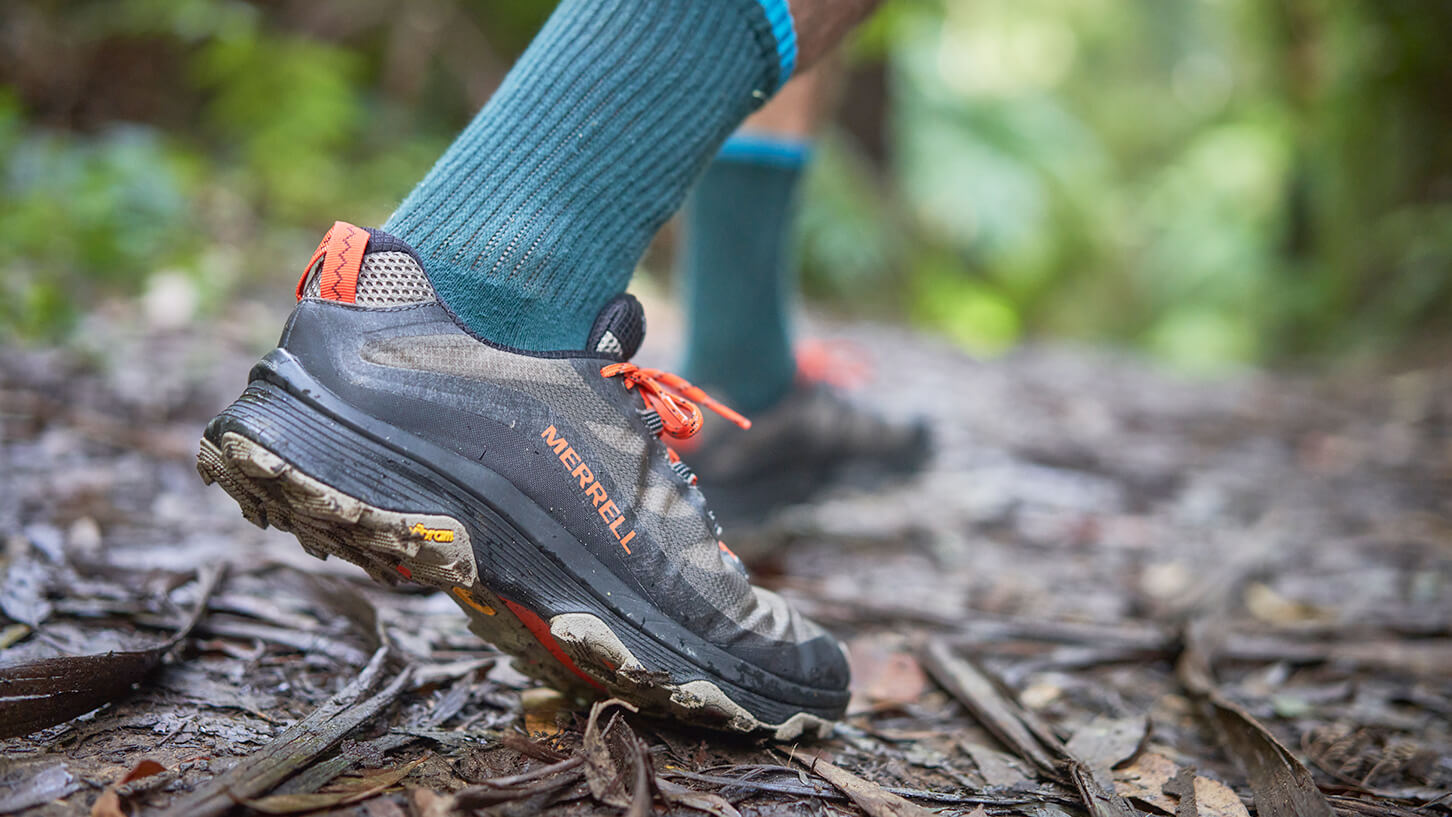
Know Your Gait
It's vital that you understand what kind of gait (or foot motion) you have. The three main types of gaits are:
- Neutral - Where your foot rolls inward naturally as your foot hits the ground.
- Over-pronation - Where your ankle and foot tend to roll too far inward at both heel strike and lift-off.
- Supination - Where your feet or ankles don't roll inward as they should.
Buying a running shoe that works against your gait is a recipe for muscle tears and overuse injuries that aren't only painful but will also take the fun out of your running. Many specialist running shoe stores can analyse your gait for free and provide you with a range of options. You could also see a podiatrist for expert medical advice.
How Should A Running Shoe Fit?
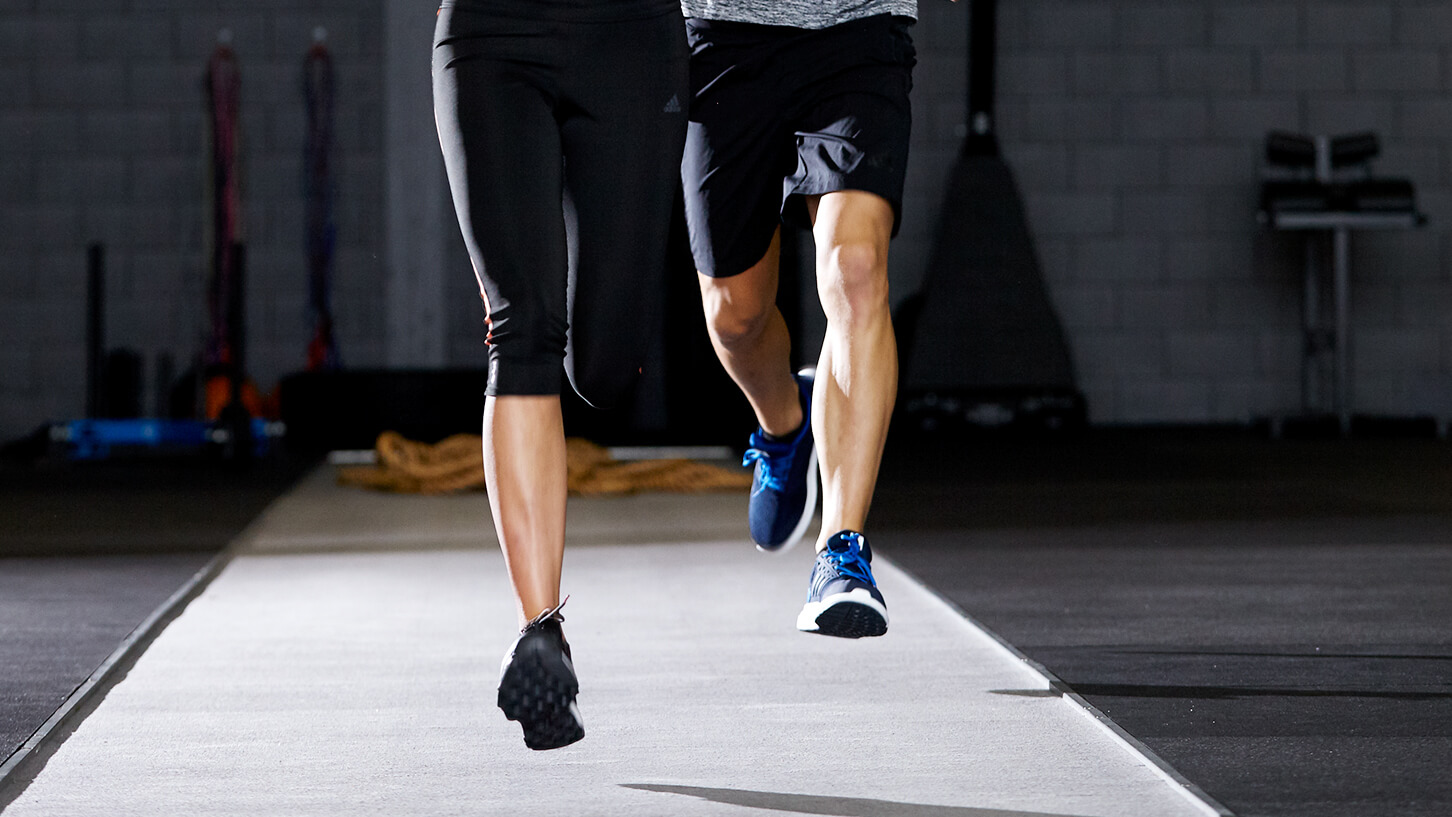
A well-fitted shoe will support your foot arches properly, allow your foot to flex and spread naturally in terms of width and length, and they won't need a breaking-in (or wearing in) period. In fact, they should be extremely comfortable on your feet immediately, without feeling like you have too much, or too little, room to move your foot inside the shoe.
How Long Do Running Shoes Last?
It's generally suggested that you change your running shoes every six to 12 months, depending on how much running you do. Most shoes are designed to peak at around 500-800 kilometres and, once they reach this point, the materials begin to degrade to the point where you risk long-term injury or overuse complaints in certain joints. Additionally, don't forget other factors like where you run (asphalt versus aggregate/compacted trails versus running tracks versus soft grass and so on) because harsher terrains can wear the shoes quicker, unless they're designed specifically for the surface (see the previous section on wear).
As a rule of thumb, keep an eye on the soles of your shoes for bald spots or, if your heel cushioning is lopsided or the mesh begins to tear, your shoes are no longer protecting your feet like they should.
As opposed to running in conventional conditions (roads, local parks, treadmills and the like), trail or cross-country running or hiking comes with its own demands on shoes. Look for running shoes with as little mesh as possible because - if you can't avoid puddles, slush or snow - they're likely to let in too much water and will take a bit of time to dry. Trail running shoes with ice spikes are good options if you're doing a lot of running in areas that can experience snow.
What Socks To Wear With Running Shoes?
Always try your footwear on for size with the socks you plan to partner with your shoes. Some socks come with considerable bulk, which might necessitate going up a size compared to your normal, everyday footwear. And finally, ditch the cotton socks - they won't keep your feet dry enough. Look for socks made from materials like merino wool or microfibre instead.
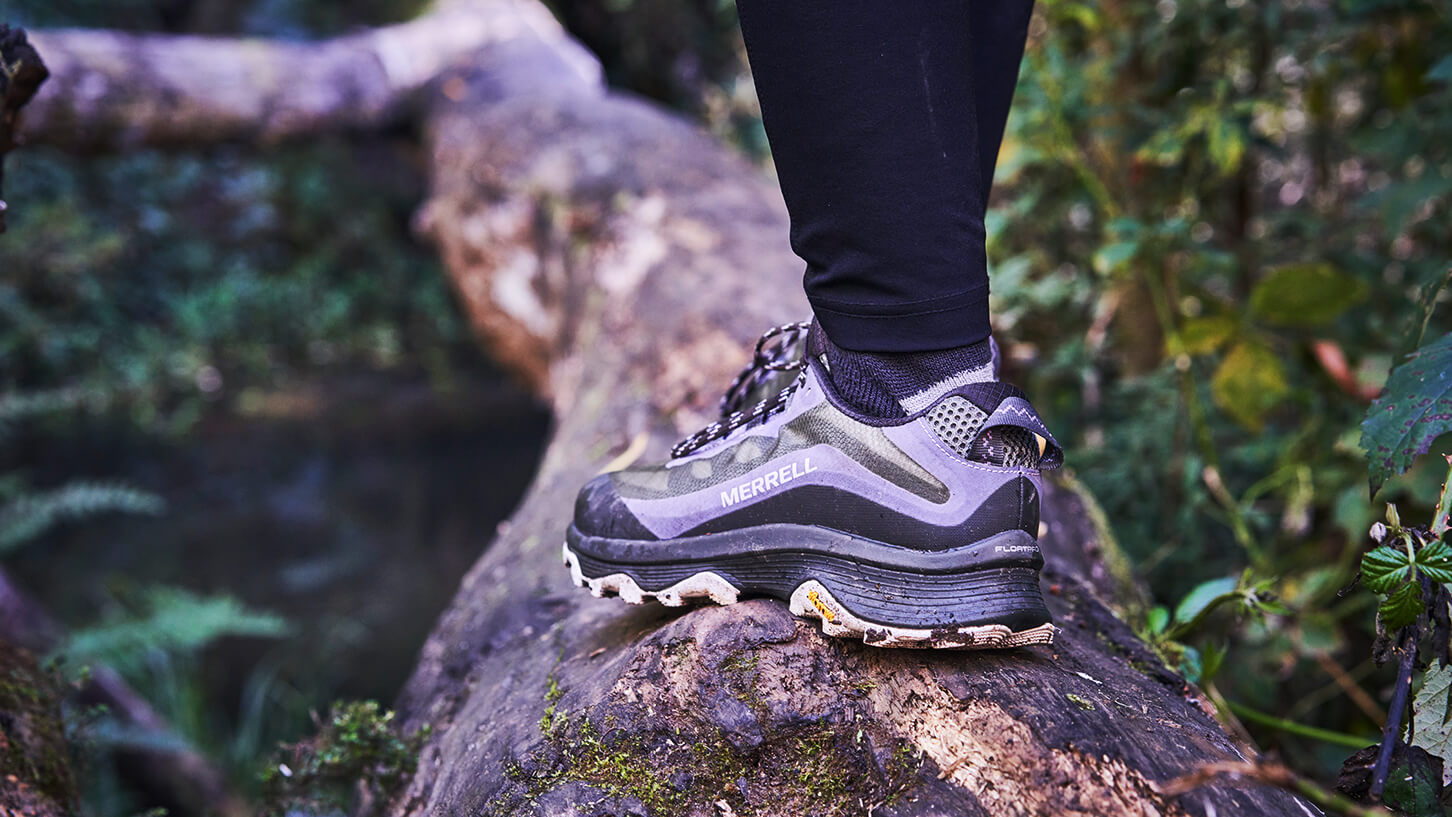
Discover The Best Running Shoes At Anaconda Today!
There are good running shoes available for all types of running but choosing the best running shoes for you doesn't mean looking for the most expensive price tag. If the shoe fits, provides your toes, foot arches, heels, ankles and other joints with support no matter how many kilometres you run, and is constructed from materials that ensure you get the maximum value and longevity from your running, you're onto a winning formula. Make sure you check out our Adventure Centre for more helpful tips and exciting destinations such as:
- The Ultimate Checklist For Hiking Essentials
- Outdoor Exploration - Gadgets & Hiking Essentials
- Running & Walking In The Cooler Months
- How To Choose Footwear For Hiking
Find your local Anaconda store and check out our extensive footwear range for your next outdoor adventure